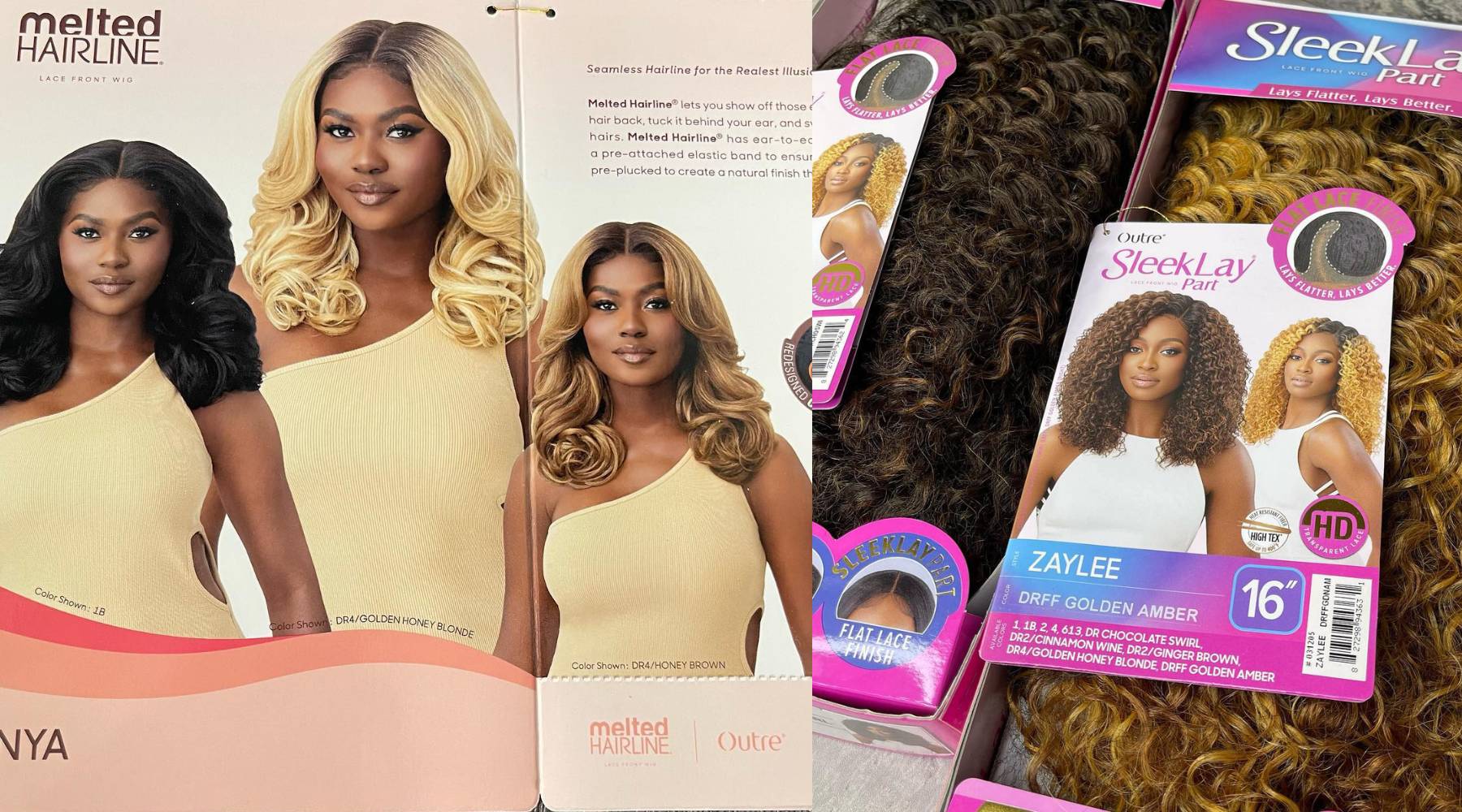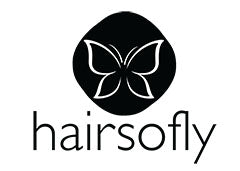Synthetic Hair: Basic Types and Uses

Luscious locks waving in the perpetual wind of beauty. It’s what all women crave, but not all ladies have the luxury of a full head of hair, and others simply want to switch up their look more often than would be safe for their real tresses. The answer to this hair conundrum is wearing synthetic hair.
What is synthetic hair?
Synthetic hair is a manmade fiber. Although these fibers are designed to look and feel natural, synthetic hair cannot be treated or styled in the same way real hair can.
What kinds of synthetic hair are available?
Many different types of synthetic hair are sold commercially. The two most popular are kanekolon and toyokalon. Kanekolon is known for being light and long-lasting, but toyokalon has a softer, more natural feel. Synthetic hair also is made from fibers such as silicone, monofilament, polyester, silk and senselon.
The quality of synthetic hair varies widely because of how many different fibers are available. Fibers that have the flexibility and durability of real hair are more expensive and may be a good investment for a person who knows they’ll use a hairpiece often. If a person won’t wear the hairpiece much, cheaper versions are available.
How does synthetic hair compare to real hair?
Synthetic hair is vastly different than real hair. With real hair, the strand is made of several layers, with the outermost layer made up of small pieces or scales of a protein called keratin. These scales overlap each other and protect the inner layers of the hair from the environment and moisture loss. They can be damaged by improper hair care. By contrast, synthetic hair does not have keratin scales. It does not have the ability to absorb moisture the way real hair can and thus is not as susceptible to changes in humidity.
In general, a synthetic hairpiece is difficult to style compared to real hair. Heat can melt the synthetic fibers, so using tools such as hair dryers and curling irons is out. Additionally, with real, growing hair, oil from the scalp normally coats the hair shaft. With any hairpiece, real or synthetic, the base of the hairpiece prevents the oil from the scalp from reaching the synthetic hair. This means that a hairpiece doesn’t need to be washed as often as growing hair. When a person does wash a real-hair or synthetic hairpiece, she must use shampoos and conditioners designed especially for wigs. These products are formulated to be gentler, taking into consideration that less oil and dirt likely will be on the strands or fibers. Use of regular products can result in buildup on the hairpiece, leaving it looking dull and weighed down.
Why would someone want synthetic hair over real hair?
The two main reasons why people choose synthetic hair are price and method of wear. Real-hair wigs are much more expensive than synthetic ones in most cases, so a synthetic wig sometimes is the more affordable solution to thinning hair or wanting to change styles. When people know they won’t wear the hairpiece much, such as with a costume or for a photo shoot, it doesn’t always make financial sense to pay for real hair. This is especially true in the theater, where synthetic hair is a good choice not only for wigs, but also for beards, eyebrow enhancement and special effects. In these settings, the hair might be worn for only a few hours. Synthetic hair is also acceptable for making dolls.
What is synthetic hair?
Synthetic hair is a manmade fiber. Although these fibers are designed to look and feel natural, synthetic hair cannot be treated or styled in the same way real hair can.
What kinds of synthetic hair are available?
Many different types of synthetic hair are sold commercially. The two most popular are kanekolon and toyokalon. Kanekolon is known for being light and long-lasting, but toyokalon has a softer, more natural feel. Synthetic hair also is made from fibers such as silicone, monofilament, polyester, silk and senselon.
The quality of synthetic hair varies widely because of how many different fibers are available. Fibers that have the flexibility and durability of real hair are more expensive and may be a good investment for a person who knows they’ll use a hairpiece often. If a person won’t wear the hairpiece much, cheaper versions are available.
How does synthetic hair compare to real hair?
Synthetic hair is vastly different than real hair. With real hair, the strand is made of several layers, with the outermost layer made up of small pieces or scales of a protein called keratin. These scales overlap each other and protect the inner layers of the hair from the environment and moisture loss. They can be damaged by improper hair care. By contrast, synthetic hair does not have keratin scales. It does not have the ability to absorb moisture the way real hair can and thus is not as susceptible to changes in humidity.
In general, a synthetic hairpiece is difficult to style compared to real hair. Heat can melt the synthetic fibers, so using tools such as hair dryers and curling irons is out. Additionally, with real, growing hair, oil from the scalp normally coats the hair shaft. With any hairpiece, real or synthetic, the base of the hairpiece prevents the oil from the scalp from reaching the synthetic hair. This means that a hairpiece doesn’t need to be washed as often as growing hair. When a person does wash a real-hair or synthetic hairpiece, she must use shampoos and conditioners designed especially for wigs. These products are formulated to be gentler, taking into consideration that less oil and dirt likely will be on the strands or fibers. Use of regular products can result in buildup on the hairpiece, leaving it looking dull and weighed down.
Why would someone want synthetic hair over real hair?
The two main reasons why people choose synthetic hair are price and method of wear. Real-hair wigs are much more expensive than synthetic ones in most cases, so a synthetic wig sometimes is the more affordable solution to thinning hair or wanting to change styles. When people know they won’t wear the hairpiece much, such as with a costume or for a photo shoot, it doesn’t always make financial sense to pay for real hair. This is especially true in the theater, where synthetic hair is a good choice not only for wigs, but also for beards, eyebrow enhancement and special effects. In these settings, the hair might be worn for only a few hours. Synthetic hair is also acceptable for making dolls.

